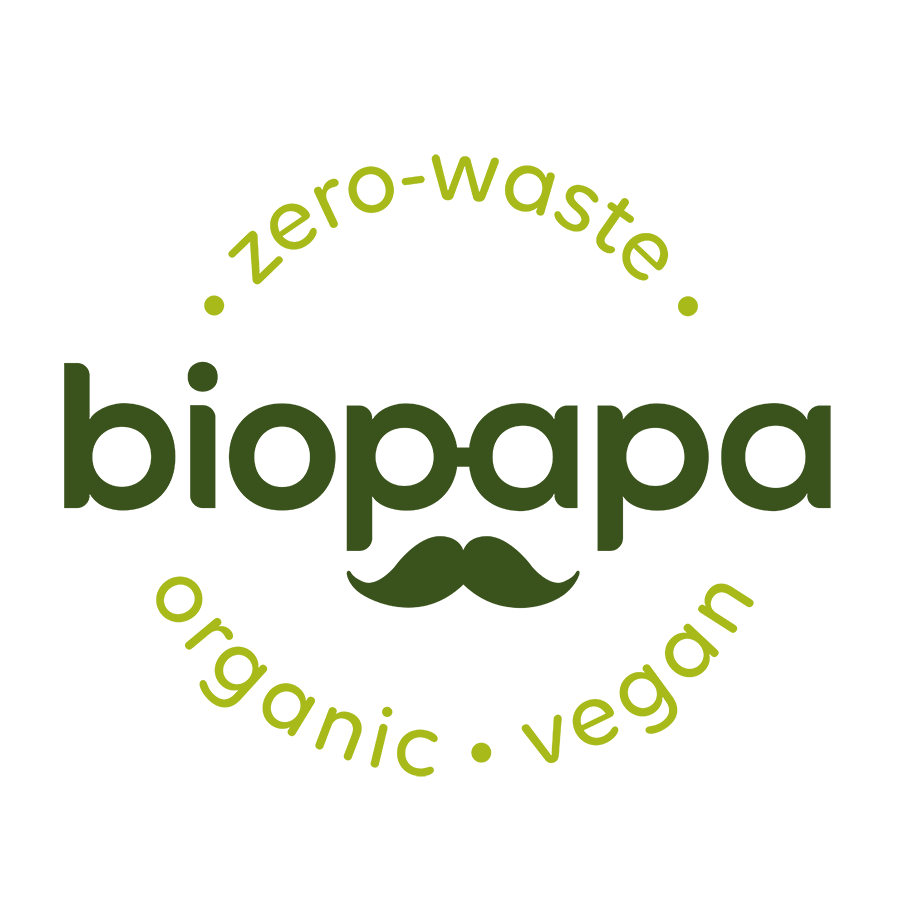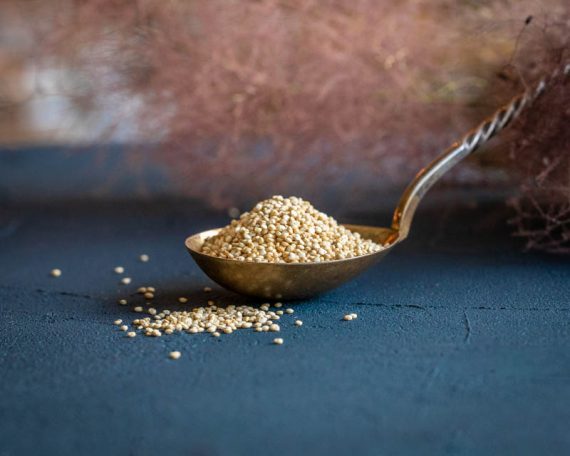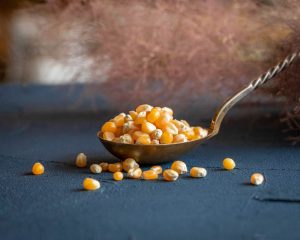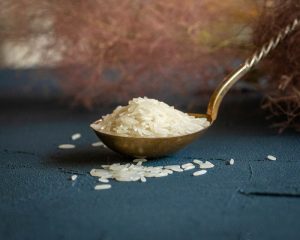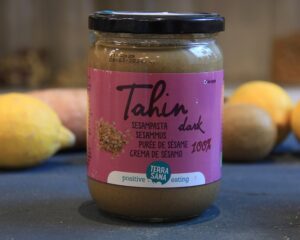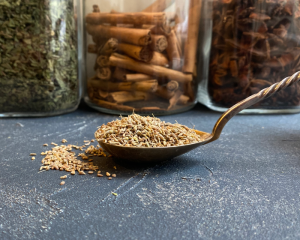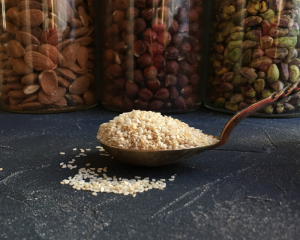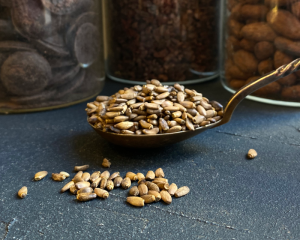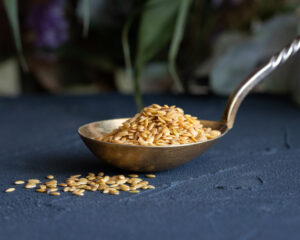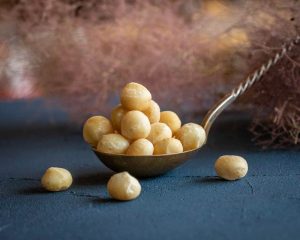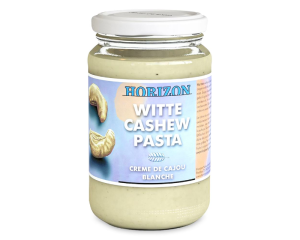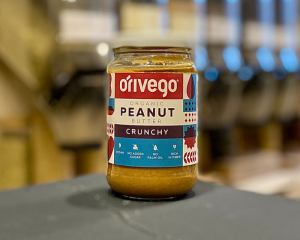Organic Bolivian white balanda (quinoa)
From 1.15€
The Bolivian balanda (Chenopodium quinoa) is a hardy plant native to the Andean highlands of South America, such as Peru, Bolivia and Ecuador. Called the “mother grain” by the Incas, quinoa has been cultivated for more than 5000 years. Today, it is considered a “superfood” all over the world.
Traditional use of Quinoa
The Bolivian balanda has been an important source of food, providing essential nutrients and energy for the mountain people. Because it is high in protein and adaptable, it has often been considered superior to other cereals.
The Bolivian balanda had spiritual significance and was used by indigenous peoples in various religious ceremonies.
Bolivian balanda has sometimes been used in traditional medicine to treat ailments such as stomach disorders and skin diseases.
Quinoa has recently become popular all over the world
Gluten-free alternative – naturally gluten-free, making it a safe choice for people with coeliac disease or gluten sensitivity.
Digestibility – Quinoa is considered to be easier to digest, making it an excellent choice for people with sensitive digestive systems.
Nutrients
1. Protein – a complete source of protein, which means it contains all nine essential amino acids. Bolivian balanda is particularly rich in lysine, an amino acid that is often limited in other plant-based foods.
2. Dietary fibre – a good source of fibre that aids digestion and helps regulate blood sugar levels.
3. Magnesium – this mineral is essential for many bodily functions, including muscle and nerve function, blood sugar regulation and bone health.
4. Manganese – plays an important role in bone formation, blood clotting and metabolism.
5. Phosphorus – essential for building and maintaining healthy bones and teeth, and for energy production.
6. Iron – contains iron, which is less absorbable than iron from animal sources, but is still an important mineral for carrying oxygen in the blood.
Folate (vitamin B9) – important for DNA synthesis, red blood cell formation and proper foetal development during pregnancy.
8. Riboflavin (vitamin B2) – helps in energy metabolism and helps maintain healthy skin, eyes and nerves.
9. Vitamin B6 – important for brain development and function, as well as for the production of neurotransmitters and red blood cells.
10. Vitamin E – this antioxidant helps protect cells from free radical damage and supports the immune system.
11. Thiamine (vitamin B1): thiamine is important for converting food into energy and for maintaining proper nerve function.
Vitamin B3 (niacin): plays an important role in DNA repair and cell metabolism.
13. Zinc – involved in the immune system, wound healing.
14 Copper – important for healthy bones and nerves, as well as for building collagen and red blood cells.
15. Potassium – helps regulate blood pressure, fluid balance and muscle and nerve function.
16. Selenium – acts as an antioxidant, helping to protect cells from oxidative damage.
Attention
Saponins – Bolivian balanda seeds naturally contain bitter-tasting saponins, which can be removed by washing before cooking.
Oxalates – Bolivian balanda contains oxalates, which can contribute to kidney stones in particularly sensitive people if taken frequently.
Sources
www.healthline.com
www.medicalnewstoday.com
NOTE. The information provided here should not be considered as advice on treatment or other health issues. We encourage you to make personal health decisions based on your personal experience and taking into account different sources of information.
Recipes:
Quinoa salad: chilled cooked quinoa or quinoa flakes mixed with cooked or canned beans, pumpkin seeds, onion leaves and coriander. Sprinkle your salad with your favourite spices and herbs.
Breakfast porridge: cooked quinoa or swollen flakes are added to nuts and dried fruit.
Soups with quinoa: use quinoa in your favourite vegetable or porridge soups. Substitute it for regular rice or pearl barley.
Organic quinoa (Bolivian white balanda) 100%
Energy value 1599 kJ/ 378 kcal
Fat 5,0 g
- of which saturates 0,0 g
Carbohydrates 66,7 g
- of which sugars 6,7 g
Fibre 6,7 g
Protein 13,3 g
Salt 0,00 g
Store in a cool, dry place. Recommended storage temperature: 15°C to 32°C.
